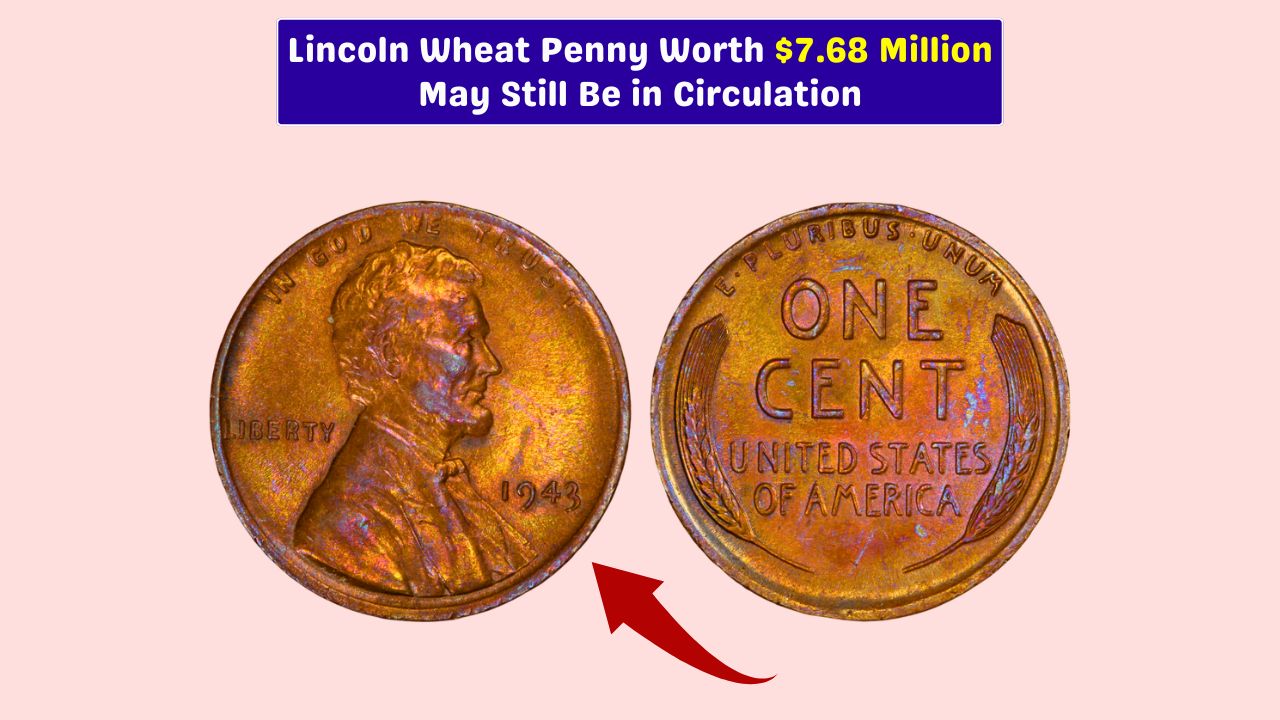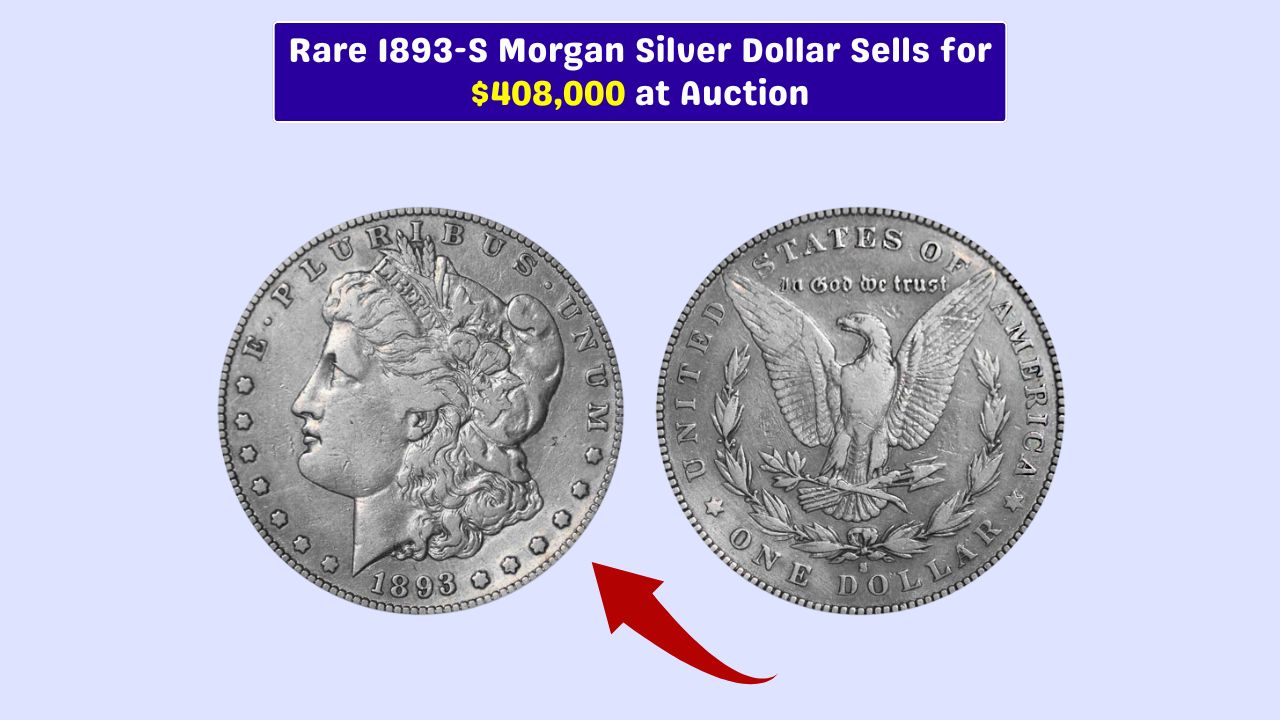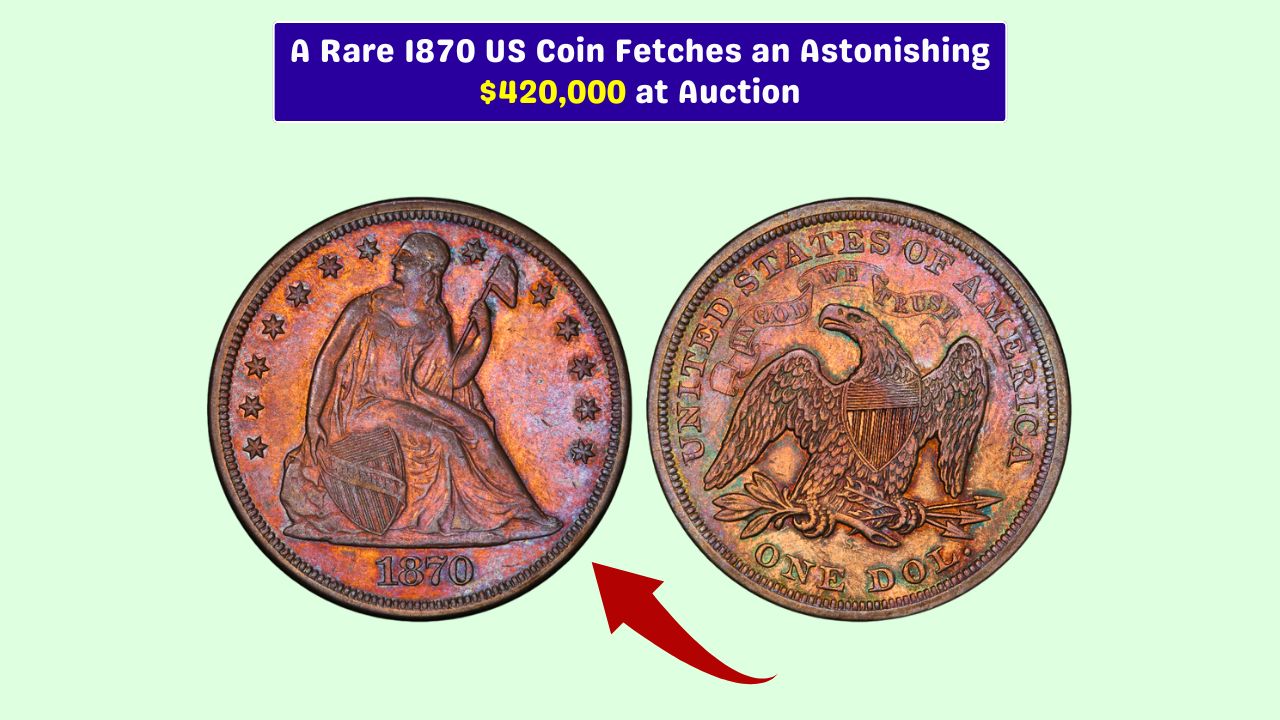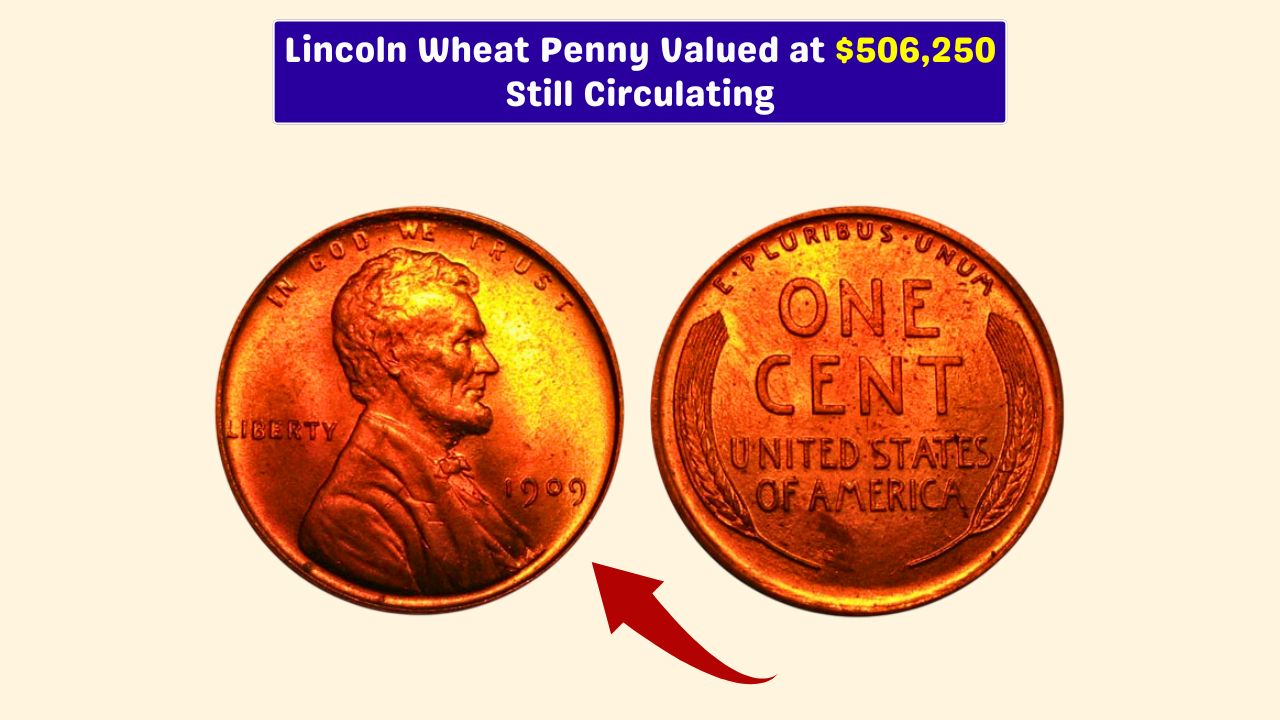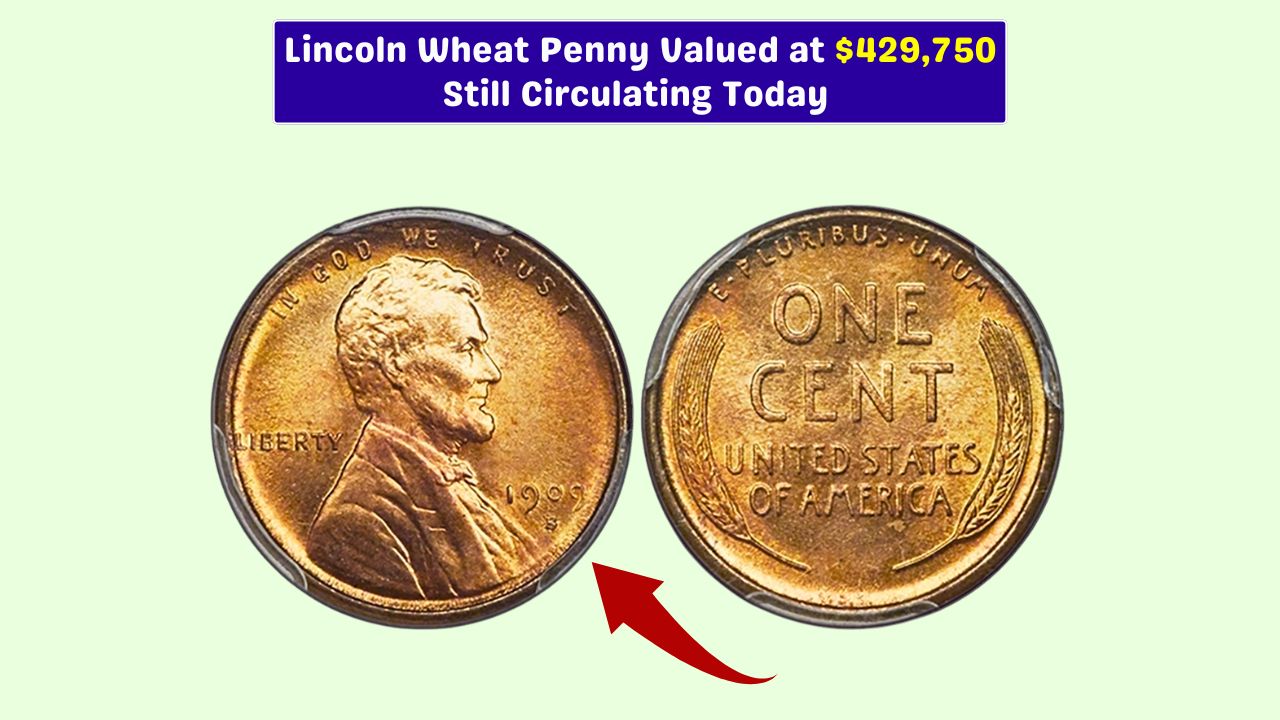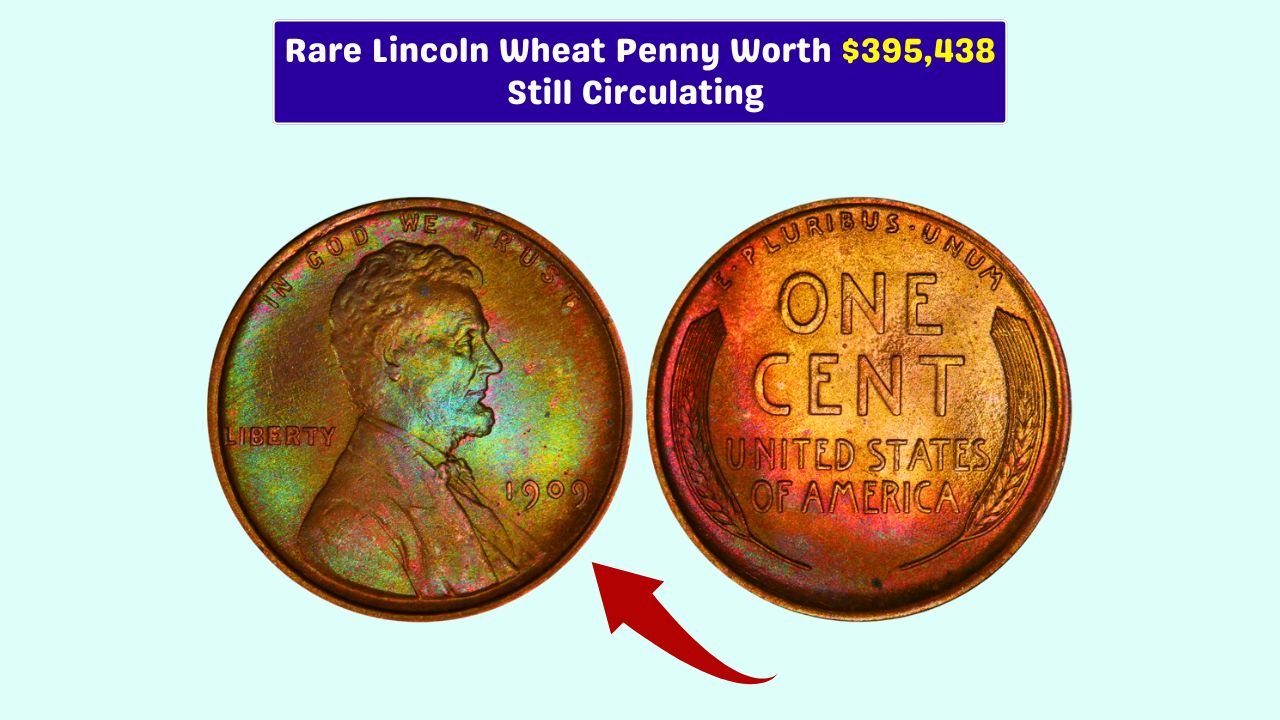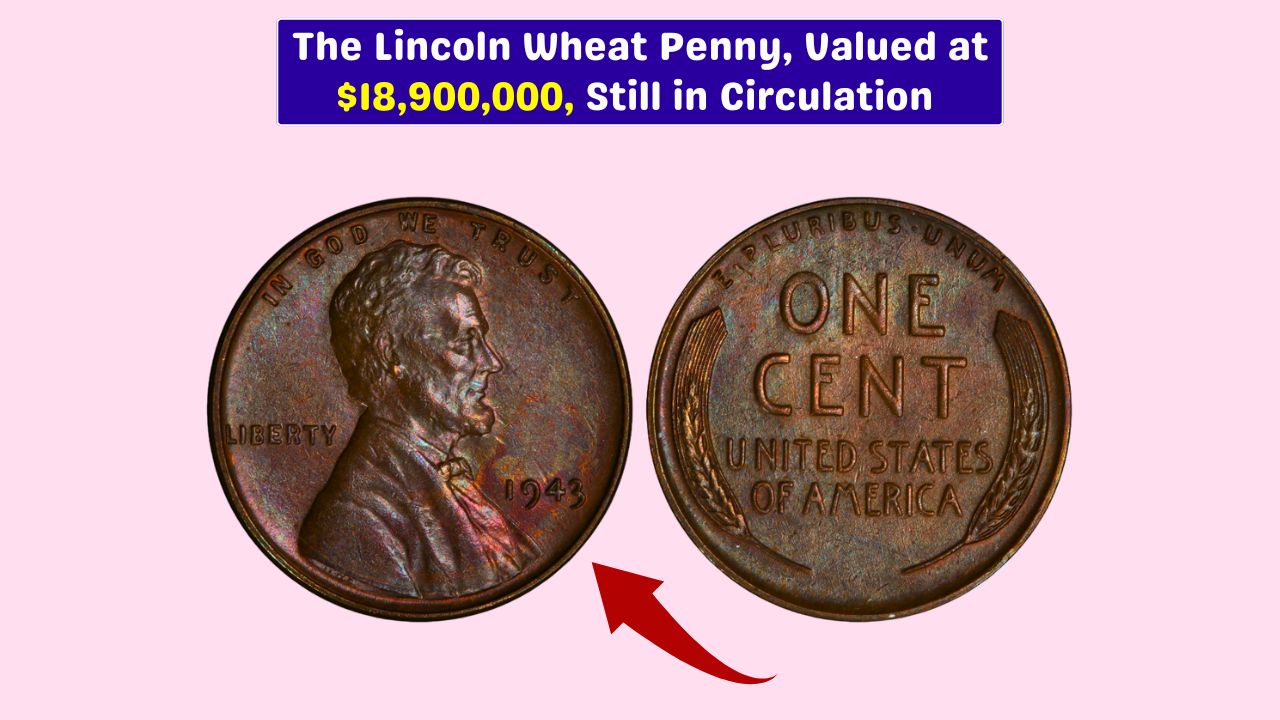Ever glanced at that dusty coin in your drawer and wondered if it might be worth something? Sounds far-fetched, right? But believe it or not, a humble one-cent Lincoln Wheat Penny recently fetched a jaw-dropping $7.68 million at auction—that’s over ₹64 crore!
And here’s the kicker: it’s entirely possible one could still be hiding in plain sight, jingling around in everyday pocket change. Let’s break down why this tiny copper coin has everyone buzzing.
A Coin with History
The Lincoln Wheat Penny isn’t just another old coin—it’s got some real legacy behind it. First minted in 1909 to mark Abraham Lincoln’s 100th birthday, it made history as the first U.S. coin to feature an actual person.
On one side, you’ve got Lincoln’s iconic profile. Flip it over, and there are two wheat stalks—that’s where the “Wheat Penny” nickname comes from.
These coins were minted until 1958 and aren’t exactly rare in general. But here’s the catch: a few special versions—especially those with errors or unusual materials—are absolute gold mines for collectors.
The $7.68 Million Fluke
So how does a single penny end up being worth more than a private island?
Turns out, it was a happy accident. In 1943, during World War II, copper was critically needed for making ammunition and equipment.
So, the U.S. Mint switched from copper to steel for penny production. But a few bronze blanks from the previous year got left behind and accidentally used. The result? A tiny batch of 1943 pennies made from bronze instead of steel.
These misprints are like the holy grail of coin collecting. One of them—immaculate in condition—recently sold for $7.68 million thanks to its rarity, historical background, and pristine preservation.
Still in Circulation?
Here’s where things get even crazier: not all of these rare 1943 bronze pennies have been found. Some might still be rattling around out there, hiding in change drawers, old jars, or forgotten piggy banks. Imagine casually buying a soda with a coin worth more than ₹64 crore!
Most people have no clue what to watch for, which is why these gems often slip through the cracks unnoticed. Now, folks all over are raiding their childhood coin collections and sorting through spare change like amateur treasure hunters.
How to Spot One
Think you might have a golden ticket in copper disguise? Here’s a quick cheat sheet:
| Checkpoint | What to Look For |
|---|---|
| Year | Must say 1943 |
| Color | Should look bronze or copper—not steel |
| Magnet Test | Doesn’t stick? That’s promising |
| Expert Opinion | Get it verified by a pro |
Even if you don’t hit the jackpot, certain other Wheat Pennies—like the 1909-S VDB or the 1914-D—can also bring in a tidy sum.
Hidden in Plain Sight
Here’s the wildest part: one of these million-dollar coins could be sitting in your change bowl right now. It could be in your wallet. Or buried beneath buttons and keys in that catch-all kitchen drawer. It’s like a real-world treasure hunt, and the prize could literally change your life.
So, the next time someone hands you a few coins with your coffee or groceries, take a moment. You just might be holding history—and a multimillion-dollar windfall—in the palm of your hand.
FAQs
What year is the rare penny?
The rare penny is from the year 1943.
What makes the 1943 penny valuable?
It was mistakenly made from bronze instead of steel.
How to test the penny’s metal?
Use a magnet—steel sticks, bronze doesn’t.
Can I still find it in change?
Yes, it might still be in everyday circulation.
Where to check if it’s rare?
Visit a coin appraiser or expert for verification.
